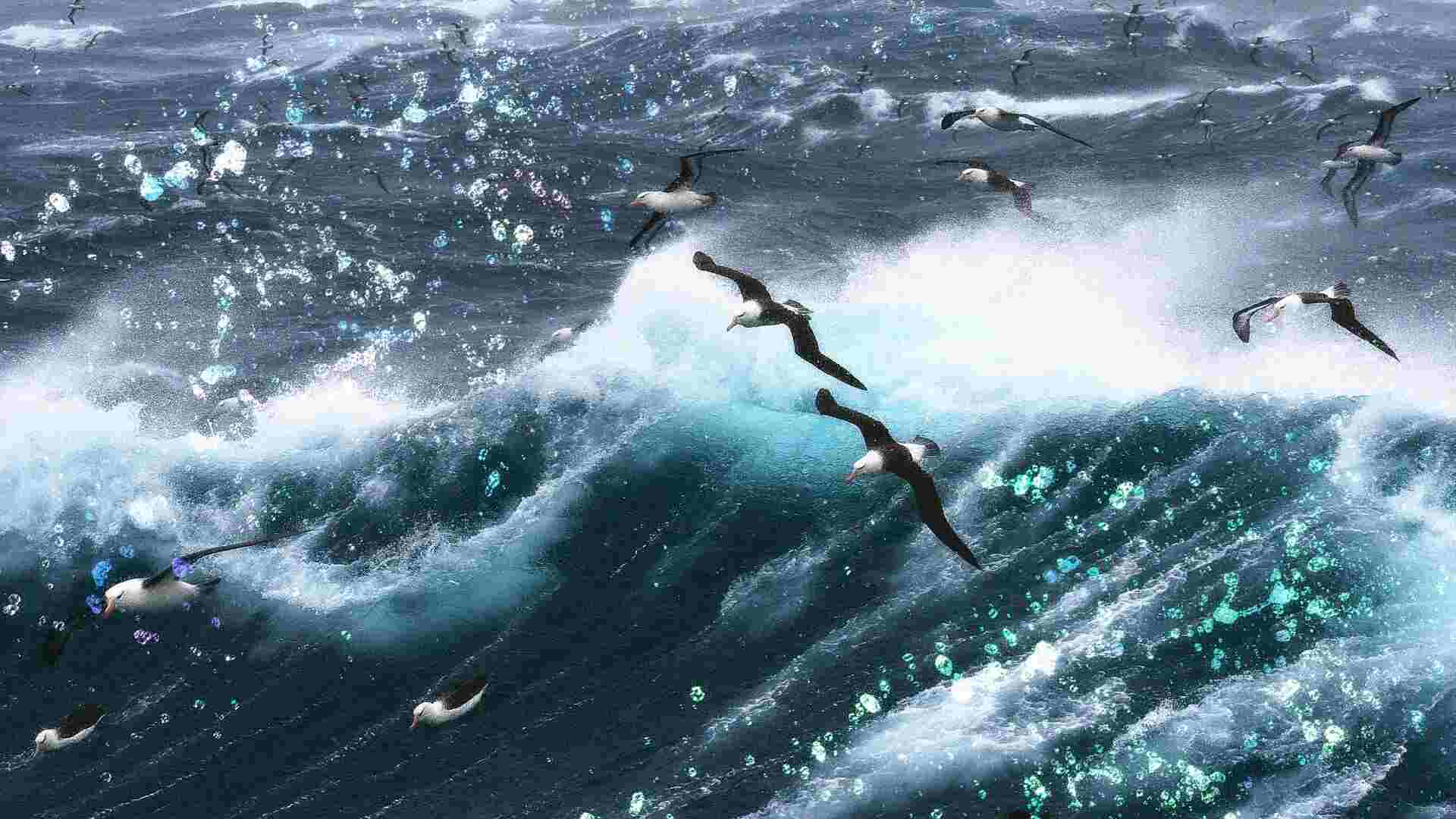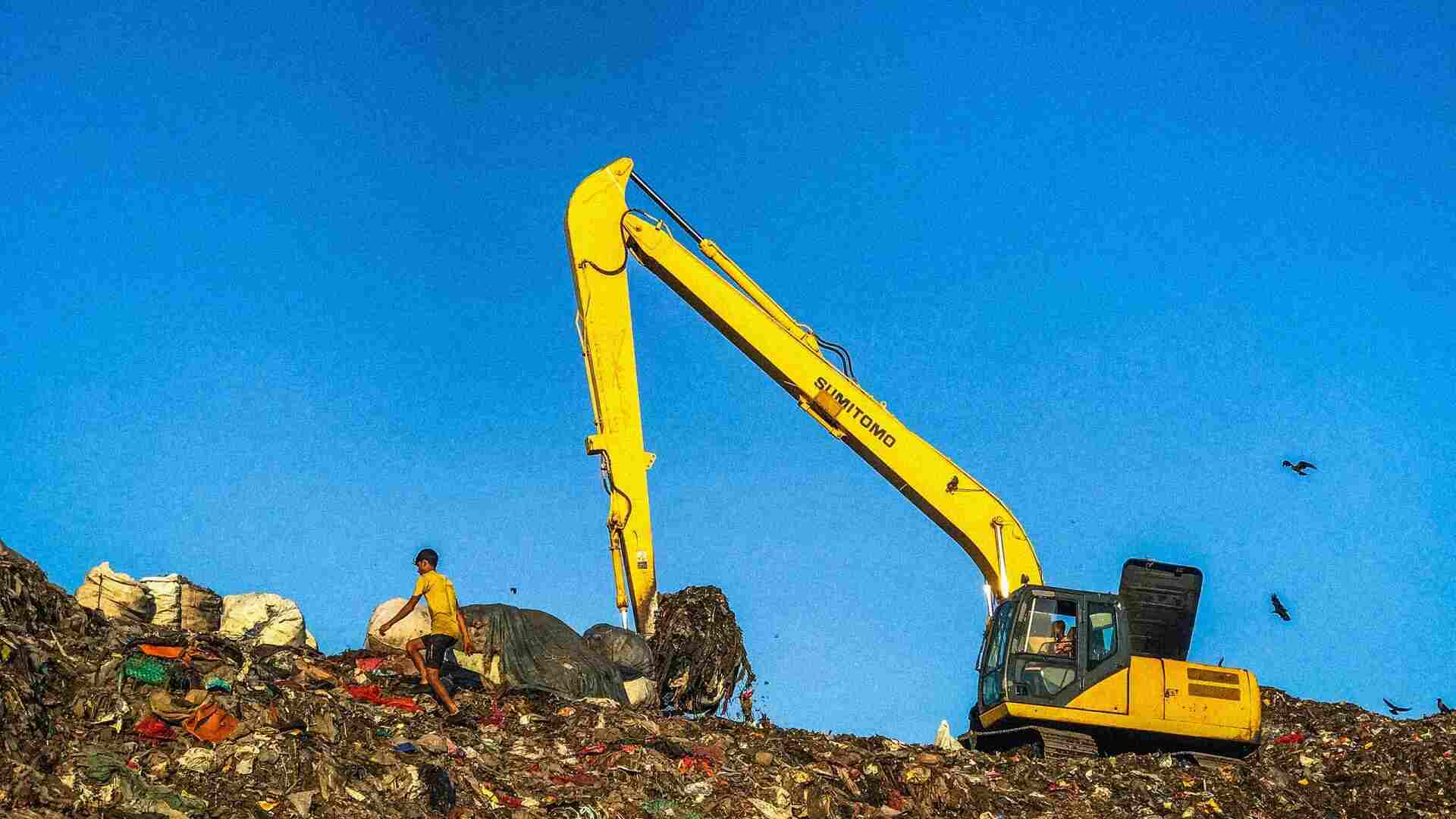- | 8:00 am
Ocean waves contain more ‘forever chemicals’ than industrial pollution. That’s bad news if you live on the coast
New research found that ocean spray spreads PFAS into the air and onto land, creating a vicious cycle of forever chemicals that never disappear.

PFAS, or forever chemicals, are ubiquitous in our environment. In the U.S. alone, there are more than 57,000 sites contaminated with these chemicals. They’re in our drinking water, our soil, our products—and our ocean. And according to new research, when waves crash onto shores around the world, they spray hundreds of thousands of PFAS particles into the air, creating a cycle in which these chemicals go from land to sea and back again.
PFAS (per- and polyfluoroalkyl substances) are a class of synthetic chemicals largely used to make products stain-, grease-, and water-resistant. They’ve been dubbed “forever chemicals” because they don’t easily break down and so stay in our environments for thousands of years. They’re linked to harmful effects to health, including cancer, decreased fertility, developmental delays, and more.
When forever chemicals contaminate land, they get into waterways and eventually into the ocean. Scientists used to think that once there, the particles would sink and dilute in the ocean depths. But researchers have found that isn’t true. Instead, a recent study from Stockholm University, published in Science Advances, details a boomerang effect in which sea spray spreads forever chemicals back into the air and onto land.
“It’s a concerning cycle from land to the sea and back to land,” said Ian Cousins, the study’s lead author and an environmental science professor at Stockholm University, over email. “The PFAS were emitted on land and then washed into the sea. They then cycle back to land with sea spray aerosols, and so the cycle continues. It puts a new dimension to the term ‘forever chemicals.’”
This happens because air bubbles collect PFAS as they rise in seawater. Then, when waves crash against the shore, the sea spray causes those air bubbles to burst, releasing all the forever chemicals within them, which is a high concentration of PFAS particles. The amount of PFAS sprayed into the air was, in some cases, more than 100,000 times what was found in a sample of seawater. The concentration is so high that ocean waves can emit more PFAS into the air than industrial pollution.
For their study, researchers sailed on a vessel from Southampton in the U.K. to Puntas Arenas in Chile, measuring the concentration of PFAS in sea spray along the way. “We had conducted lab experiments previously which showed that PFAS were highly enriched on sea spray aerosols so we were not totally surprised [by the findings],” Cousins said. “We were surprised, however, that the enrichment of PFAS on sea spray aerosols generated in the field was even higher than in the lab.”
The findings show that both people and environments along coastlines are especially at risk of PFAS exposure—and the health effects that come with that. Already, Denmark scientists have found some evidence that the sea is a primary source of PFAS along their country’s coast. The Stockholm researchers say this aligns with their findings, and shows that coastal communities across the world may bear the brunt of PFAS exposure.
Various companies are working on ways to eliminate PFAS in drinking water and prevent the spread of PFAS contamination in soils. But when it comes to getting these forever chemicals out of the ocean, “that is basically impossible,” Cousins said. “They are so widely spread in the oceans that it would cost a huge sum of money to filter them out.” The researchers hope their work helps regulators realize, Cousins added, that “using these extremely persistent chemicals is a bad idea, and we need to find alternatives for the many uses of PFAS.”






































